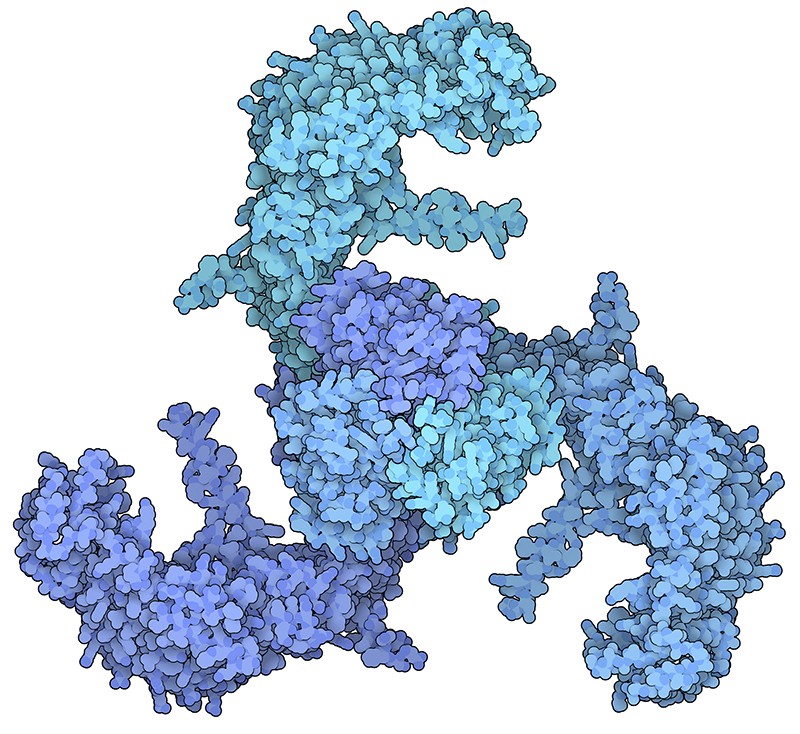"[the] team sequenced the girl’s genes, and those of another girl with similar symptoms, and found mutations in a gene called PIEZO2. ... just a few years earlier, researchers looking for the mechanisms that cells use to sense touch had found that the gene encoded a pressure-sensitive protein2.
The discovery of Piezo2 and a related protein, Piezo1, was a high point in a decades-long search for the mechanisms that control the sense of touch. The Piezos are ion channels — gates in the cell membrane that allow ions to pass through — that are sensitive to tension. ... Scripps Research in La Jolla, California, ... identified the Piezos. “What we’re realizing now is that mechanical sensation, this physical force, is also a signalling mechanism, and very little is known about it.”
Touch underlies the functioning of almost every tissue and cell type ... In the body, cells sense blood flowing past, air inflating the lungs and the fullness of the stomach or bladder. Hearing is based on cells in the inner ear detecting the force of sound waves."
The quest to decipher how the body’s cells sense touch: From a painful pinch to a soft caress, scientists are zooming in on the pressure-sensitive proteins that allow cells to detect tension and pressure.

No comments:
Post a Comment